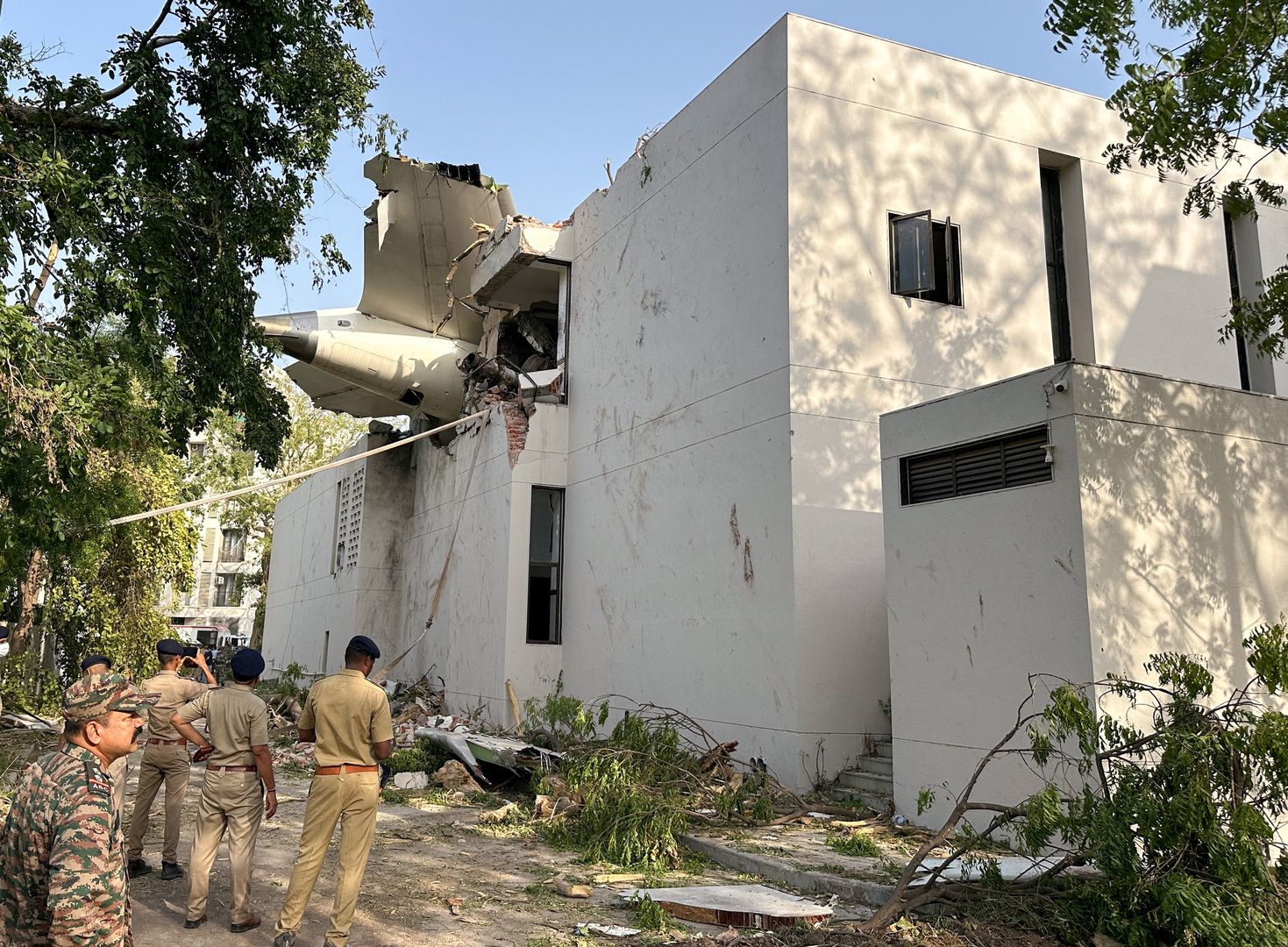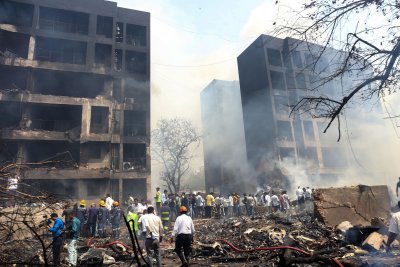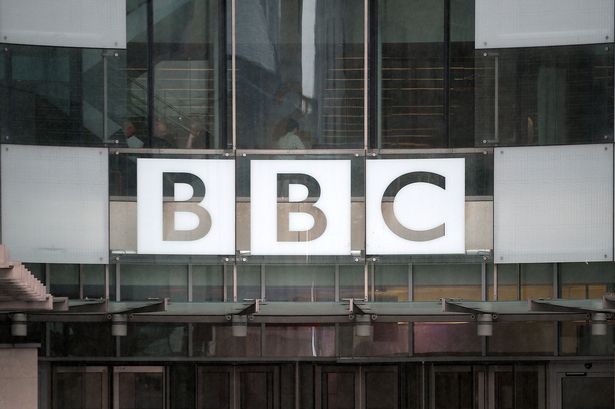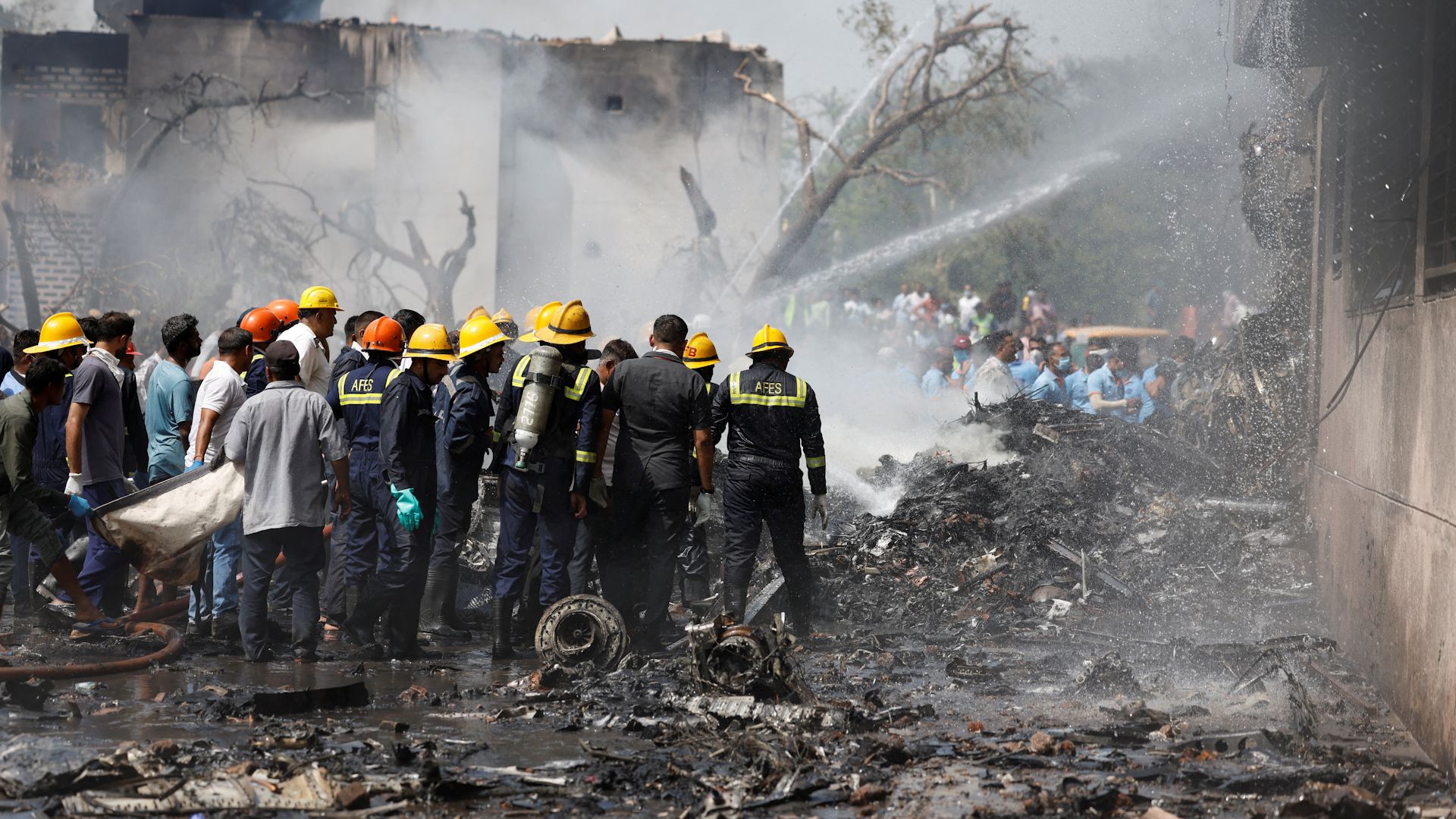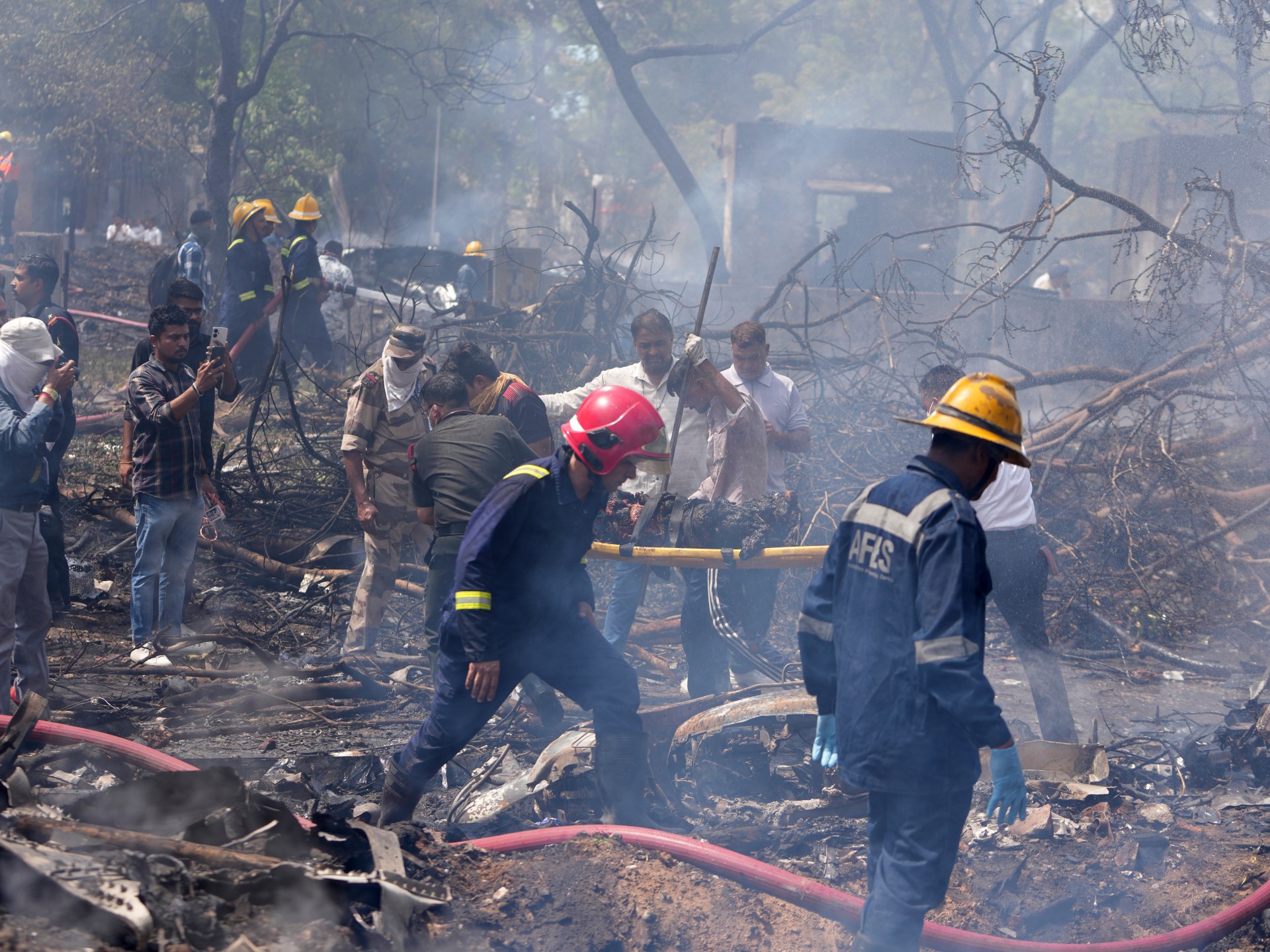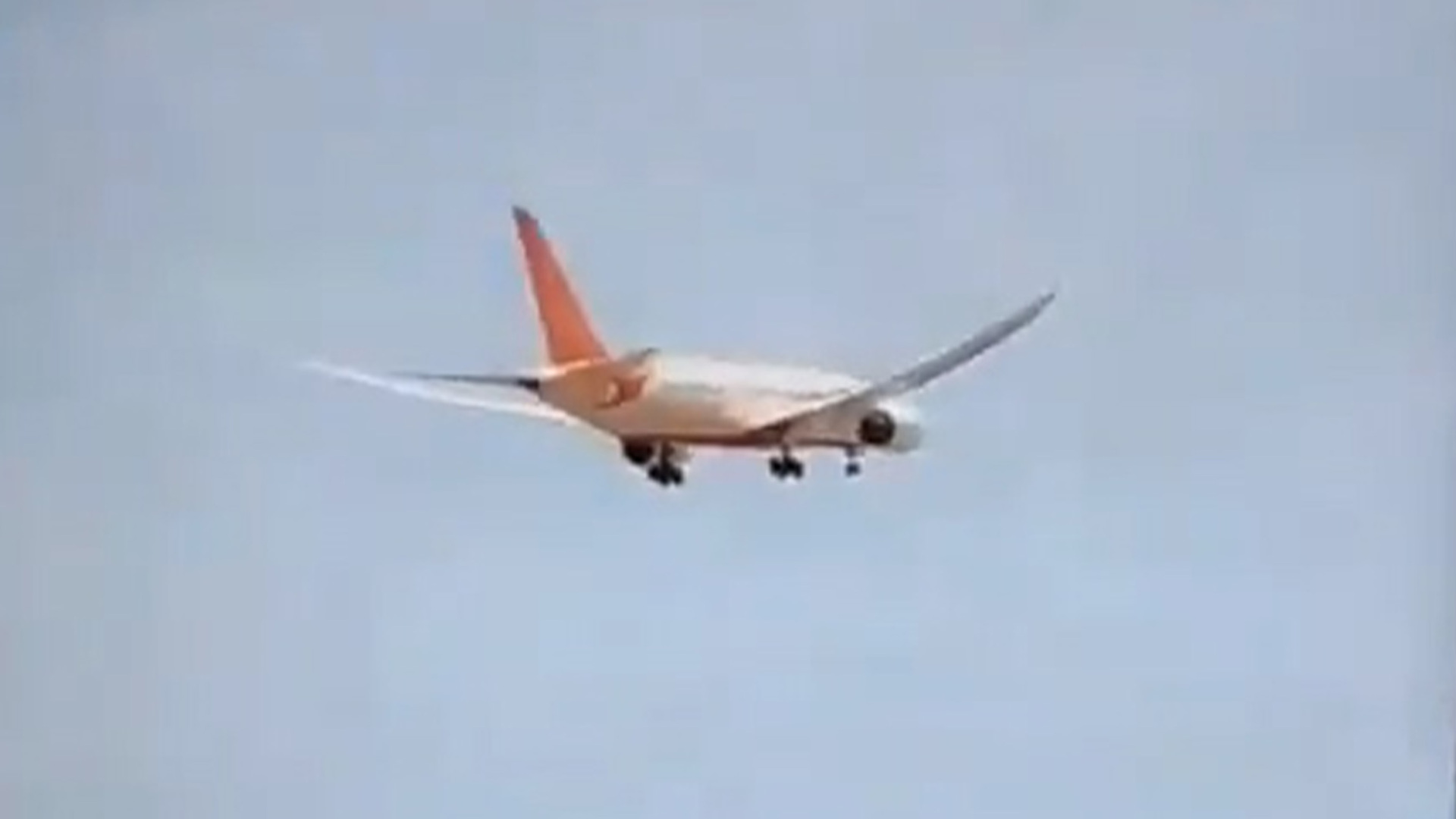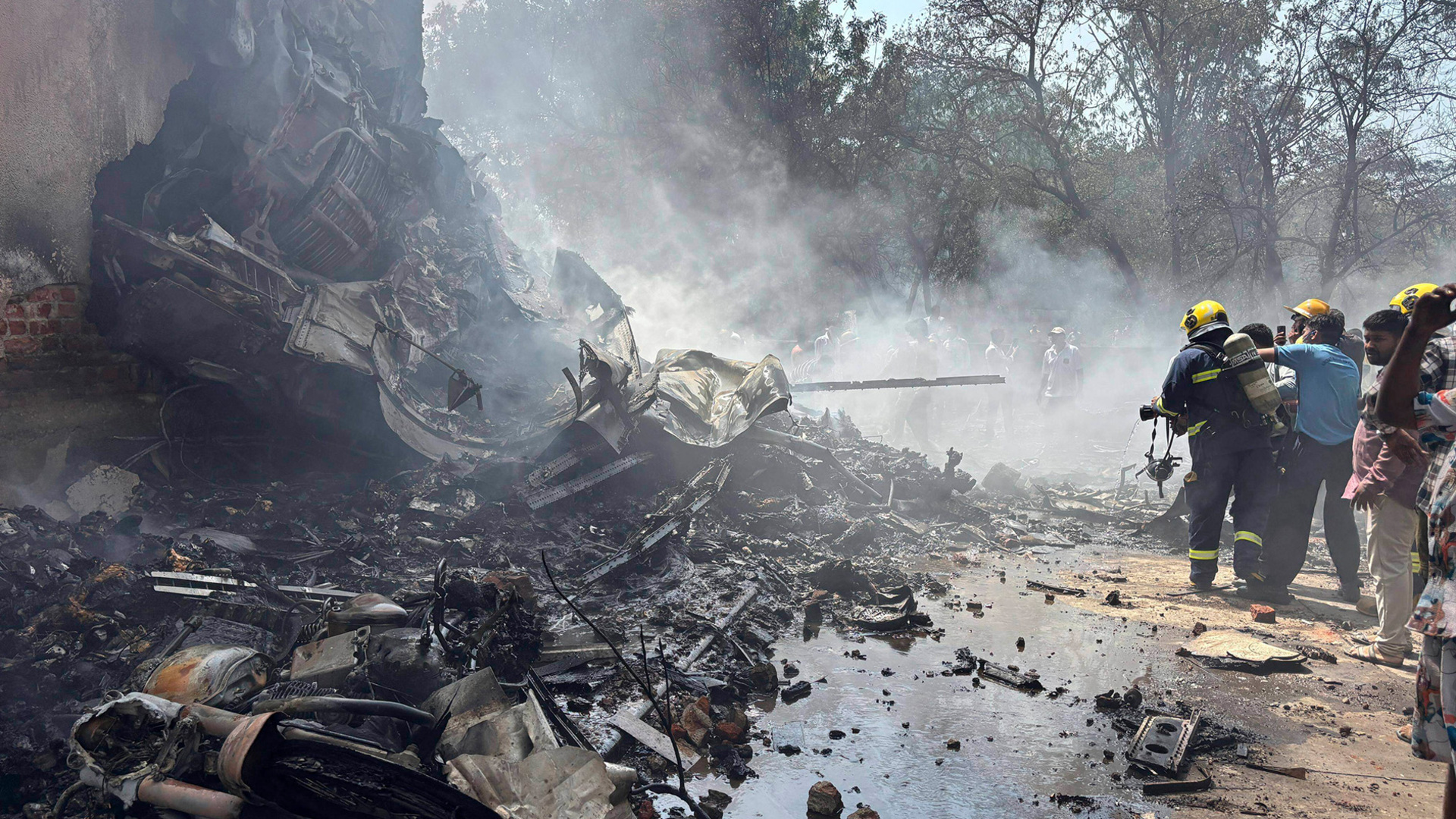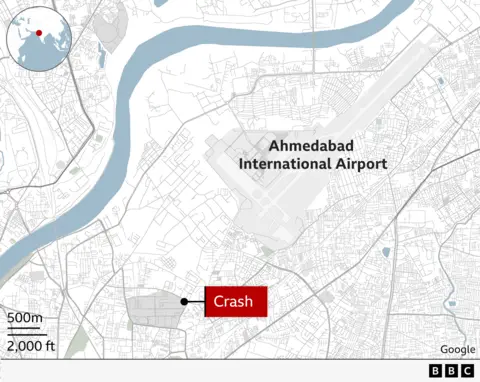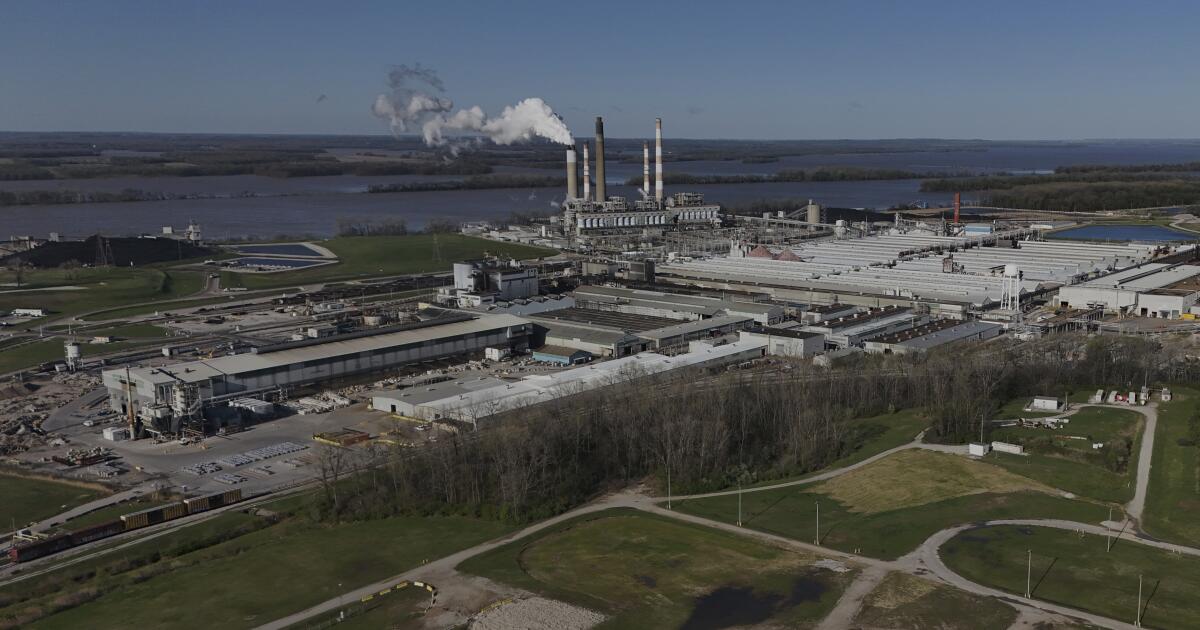Air India was battling an ‘exceptionally poor’ reputation before the horror incident that claimed the lives of all but one flight AI171 passengers – and many more people on the ground
Air India flights were notoriously plagued with issues in the years before the tragic AI171 disaster last week, with bad publicity from a series of incidents giving the airline what an expert has said was an “exceptionally poor” reputation.
Hospital officials in Ahmedabad, in Gujarat province, western India, confirmed today that 270 people died in the disaster after the doomed flight hit a medical college hostel on Thursday shortly after takeoff – killing all but one of 241 passengers and dozens of people on the ground. Indian officials continue to pick up the pieces this morning, with investigations underway to determine exactly what caused the Boeing 787-8 Dreamliner to crash as bereaved families wait to collect the bodies of their loved ones from a post-mortem centre.
The airline has received high praise for its response to the disaster, which comes three years after it was acquired and privatised by Tata steel. Prior to this, Rhys Jones, a luxury travel expert and editor of Head for Points, told The Mirror, Air India’s reputation was “extremely poor” despite it being cleared by European and US regulators. Previous incidents aboard Air India planes have seen window panels break off and passengers complain of dirty interiors.
READ MORE: Air India plane crash UPDATES: Sole survivor reveals horror moment before impact
Window panel chaos
Back in 2018, chaos erupted during a 30-minute Air India flight from Amritsar to Delhi, when intense turbulence resulted in the inside part of a window panel becoming dislodged.
Panic spread across the packed cabin, filled with 240 passengers, while a cabin crew member bravely pushed the panel back in, all while comforting a distressed passenger.
Footage of the terrifying incident was shared widely on social media at the time and shows some overhead oxygen masks being deployed.
Three people were left requiring hospital treatment, as per The Times of India newspaper.
A source told the publication: “Passengers were naturally terrified.” He continued: “The turbulence on Flight AI 462 was such that the head of a seated passenger, who possibly did not have his seat belt fastened, hit the overhead cabin because of a bump.
“The person suffered injuries. Two more had minor injuries. The inside of a window panel came off. The outside window did not break, and there was no depressurisation.”
‘Dirty’ conditions
One year ago, after the Tata group took over the airline, a Dubai-based travel influencer, who vlogs via the YouTube channel Living Jet Setters, reviewed a flight they took aboard a 787-8 Dreamliner, to see if improvements had been made.
The vlogger, who travelled in economy class, was impressed by the speedy check-in and the “great service” they received from “extremely friendly and very nice” cabin crew members. They also noticed improvements with the on-flight food, which they described as “tasty” and “delicious”, and found their seat and headrest to be comfortable.
However, there were a number of areas they found to be “pretty outdated” aboard the aircraft, which had been part of Air India’s fleet for 10.4 years by this point. They noted: “Even the magazines aren’t very well kept”.
Expressing displeasure at the “very poor hygiene” standards that quickly became apparent when they took their seat, the travel reviewer showed footage of stains on the torn seat cushions, as well as on the fold-out tray table. He remarked: “Air India has to improve on this.”
On top of this, their remote control socket was broken, and their in-flight entertainment screen wasn’t working. A glance around the cabin showed he wasn’t alone on this front.
Unfortunately, there were yet more grim finds awaiting him in the “old and dirty” bathroom, which he claimed had “no amenities” or even tissue paper. The air freshener also didn’t seem to be working. Calling upon Air India to update and refurbish their older planes, he asserted: “It’s only been half an hour into the flight, and it’s already dirty”.
Broken seats
In April of this year, as previously reported by the View From The Wing travel publication, an Air India passenger making the 7,500-mile journey from Chicago to Delhi claims she was told “there was a technical issue” with her business class seat, which “wouldn’t recline”.
Instead, she says she was offered two economy seats, which she was allegedly pressed to take.
Although she allegedly made it clear that she wished to keep the broken business class seat and have a partial refund, she was informed this wasn’t an option.
She claims staff continued to press her to take the economy seats, and handed over a form for the seat reassignment.
After sitting in her original business class seat, the passenger allegedly found only a broken tray table. She also learned that her seat opponent had accepted a downgrade from first class, on account of a broken seat.
Two rows of business class had also been cleared out, apart from the crew rest seats in the cabin that were curtained off.
This alleged series of events was told by the woman’s daughter, who uploaded a screenshot of the seat reassignment form to Reddit.
Claiming that her mother had been “scammed”, she wrote: A few hours in, several of the crew/attendants get in the seats, cover themselves with blankets, and go to sleep.
“Then on her flight back home there were no issues with her seat but she watched them run the exact same play on the woman in front of her in line with the form, technical issue, etc – she tells her and multiple of the passengers get to talking about it and corroborate similar happening to them on other flights. Same situation occurs with rows of empty business seats that the crew takes over midway through the flight.”
‘Technical snag’
In a more recent review filmed back in May, aviation vlogger and content creator Noel Phillips documented his “awful” flight aboard Air India’s “Filthy Boeing 797”, showing followers sights such as a “grimy” window button, and a hair left behind by the previous seat occupant. They also spoke about how the power went out, and how passengers were told they’d been a “technical snag”, after learning the flight would be delayed by 45 minutes.
In one part of the video, a baffled Noel, who was travelling business class, shared: “So a passenger across the aircraft has got to their seat, and there’s like a massive bit of metal sticking out of the seat. Okay, they’ve fixed it with a bit of gaffer tape, so that’s all good, I suppose.”
According to Noel, staff initially didn’t mind him taking a review video, but when the technical difficulties began, it allegedly became clear that his camera was no longer welcome, forcing him to be more “discreet”.
While inspecting the toilet, Noel was alarmed to find “liquid matter on the floor”, and also wasn’t majorly won over by the in-flight entertainment, where advertised content such as games, music, and even the flight map, wasn’t available.
Unfortunately, Noel’s reading light was out of order, meaning he couldn’t even read the newspaper he’d been handed at the beginning of the flight. He also advised future travellers to bring along a power bank, as neither the 3-pin plug nor USB were working.
Flights deemed safe despite poor reputation
Mr Jones noted that, before the airline was acquired in 2022, the overall reputation of Air India was “exceptionally poor”, but regulators in the US and Europe continued to allow the airline to take passengers.
He said it was important to note that the airline would not have been able to if any “significant safety lapses” were found. The expert said: “Prior to privatisation, Air India’s reputation was exceptionally poor. But it’s important to remember that the airline was still deemed safe by European and American regulators, who permitted the airline to operate flights to the US, UK and Europe.
“If these bodies had found significant safety lapses then this would not have been permitted, as we saw over the last five years with Pakistan International Airlines which was banned from flying to these destinations until their safety record (and that of the Pakistani regulator) improved.”
The Mirror has reached out to Air India for comment
Do you have a story to share? Email me at [email protected]
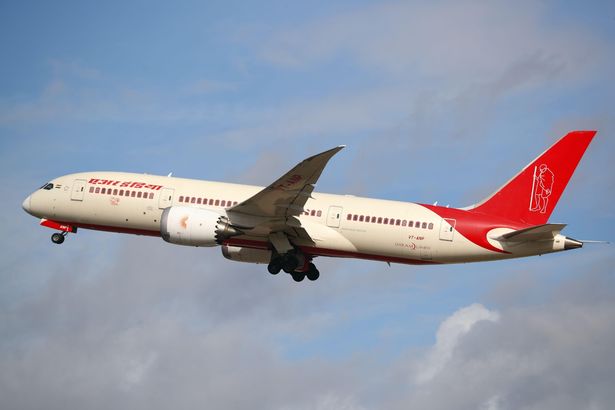




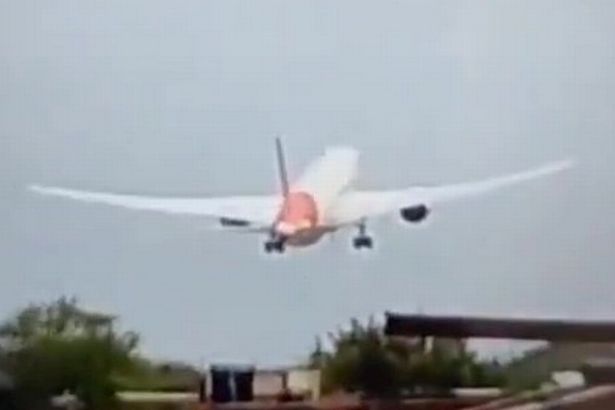
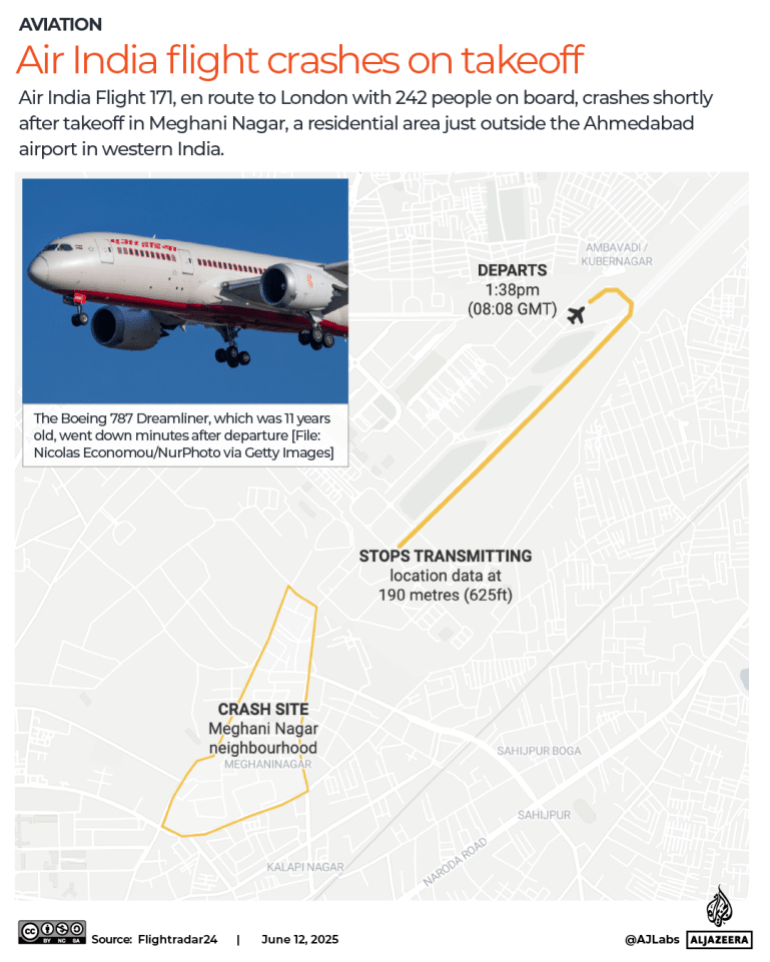

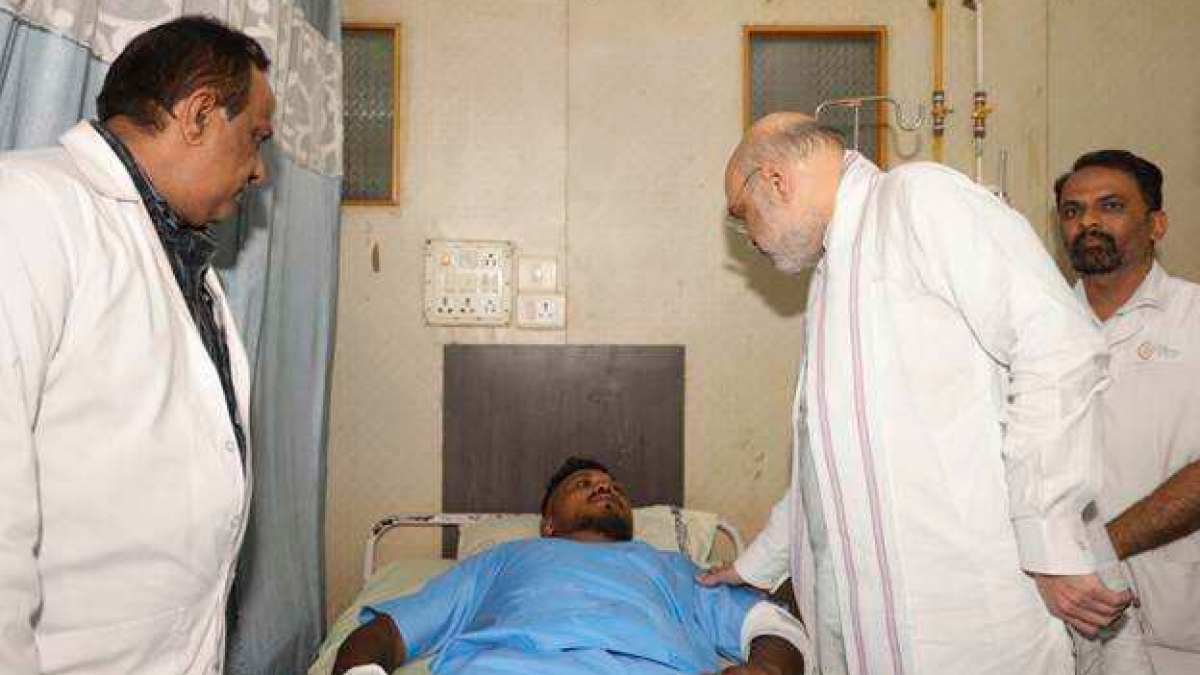
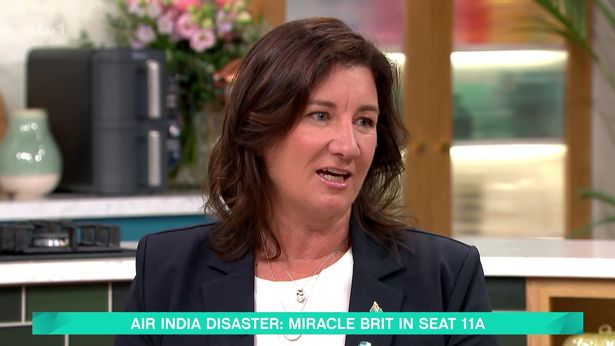





![The father (in the blue shirt) of Irfan, one of the flight crew killed when the Air India plane crashed, at the hospital [ Marhaba Halili/Al Jazeera]](https://www.aljazeera.com/wp-content/uploads/2025/06/WhatsApp-Image-2025-06-13-at-12.35.03-AM-1749795965.jpeg?w=770&resize=770%2C578&quality=80)
![The Syed family, in a photo clicked at the airport before they took off in the Air India plane that crashed, killing them [Marhaba Halili/Al Jazeera]](https://www.aljazeera.com/wp-content/uploads/2025/06/WhatsApp-Image-2025-06-13-at-12.34.24-AM-2-1749796196.jpeg?w=770&resize=770%2C599&quality=80)
![Relatives of people on the plane register or DNA tests to help identify bodies, many of which were charred beyond recognition [Marhaba Halili/Al Jazeera]](https://www.aljazeera.com/wp-content/uploads/2025/06/WhatsApp-Image-2025-06-13-at-12.33.31-AM-1749796299.jpeg?w=770&resize=770%2C578&quality=80)
